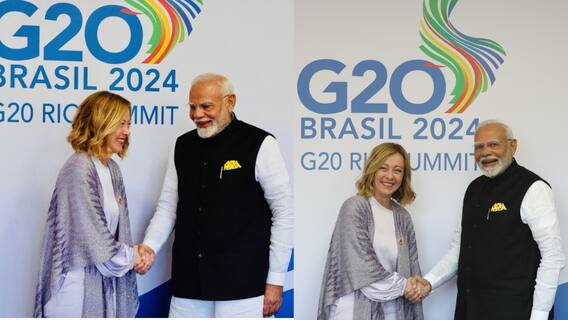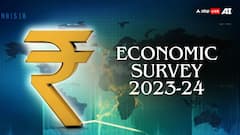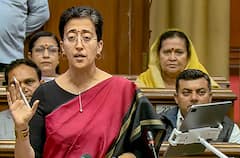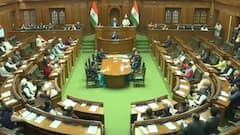Budget 2023: Things To Watch Out For In Last Full Budget Of Modi Government
In the Budget 2023, issues like income tax, employment, infrastructure, farming, and rural economy may take a centre stage

The Union Budget preparations have been in the full swing in the North Block. The Narendra Modi-led NDA government will present its last full Budget on February 1. Expectations are high as soaring inflation and global economic uncertainty have battered the economy. In the Budget 2023, issues such as income tax, employment, infrastructure, farming, and rural economy may take a centre stage.
We have listed key areas to watch out for in Budget 2023
Capital Expenditure
Nirmala Sitharaman may announce a significant expenditure plan to attract private investment. In the next Budget 2023–24, the government is anticipated to keep up its strategy to increase capital investment, paying particular attention to state spending on capital assets. During the pre-Budget consultation meetings, economists had called for greater capital expenditure (Capex) push from the government. In the previous Budgets, the government had significantly increased spending on roads and other infrastructure.
Asset Monetisation
In the last fiscal the government targeted the national asset monetisation pipeline (NMP) to accumulate Rs 1.62 lakh crore. However, only transactions of Rs 33,100 crore have been completed so far this year. The Central government is likely to miss its National Monetisation Pipeline (NMP) target for this year. According to a report by Mint, in this fiscal, the NMP can achieve only a total of Rs 1.24 lakh crore by March-end.
According to various accounts, in this Budget the government may link budgetary allocation to infrastructure ministries to the progress and performance these ministries achieve in the national asset monetisation pipeline (NMP).
In August 2021, Finance Minister Nirmala Sitharaman announced that the government will monetise assets worth Rs 6,00,000 crore between 2021-22 and 2024-25 under the National Monetisation Pipeline (NMP) scheme. The government will still own the assets being given out under the National Monetisation Pipeline (NMP) and will be returned to the government after a period of time.
Fiscal Deficit
The fiscal deficit for 2021–22 remained high at 6.9 per cent of the GDP as the pandemic persisted into 2022 and spending on welfare grew. The government plans to continue with fiscal consolidation in order to achieve a level of fiscal deficit lower than 4.5 per cent of GDP by 2025–2026. The government anticipates the deficit to be 6.4 per cent of GDP in FY23.,
According to various reports, in the fiscal year 2023-24 fiscal deficit can be even lower as the government has scaped various subsidies including PMGKAY- the free food grain scheme started in the mists of the pandemic.
GDP Growth
The statistics ministry's data, which was made public on January 6, estimates that India's nominal GDP growth for FY23 will be 15.4 per cent, down from FY22's growth rate of 19.5 per cent. In 2022–2023, the real or inflation-adjusted GDP of India is anticipated to increase by 7 per cent. The World Bank this month increased its GDP growth prediction for India for the fiscal year to 6.9 per cent, noting that the economy was demonstrating greater resilience to global shocks.
Fertiliser Subsidy
Fertilizer subsidies are anticipated to be the other significant expense. The 2021–22 Budget would increase from Rs 79,500 crore to Rs 1.38 lakh crore due to an increased fertiliser subsidy that the government has already calculated will cost Rs 58,430 crore. The government will probably estimate a greater fertiliser subsidy this year because of the expectation of a significant increase in net sowing area and high input and fertiliser costs globally.
Income tax
The salaried class will also be closely monitoring any changes to the income tax slabs that may be announced in the Budget. This could be an opportunity to replace the two-system structure that has been in existence since 2020 with a simpler individual income tax bracket and rate architecture. Economists have asked the government to simplify personal income tax, and focus on achieving high growth rates.
Section 80 (C)
Under the well-known Section 80C programme, the government might increase the tax breaks provided on money held in a variety of savings products, including bank fixed deposits, insurance premiums, and mutual funds, from Rs 1,50,000 to Rs 2,00,000 annually.
If adopted, the proposal might persuade people to invest their spare money in the banking and financial systems rather than hoard cash. Since 2014–15, the Section 80C deduction cap has been set at the current Rs 1.5 lakh.
Top Headlines
Trending News






































